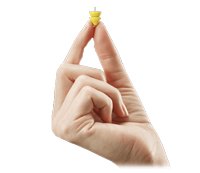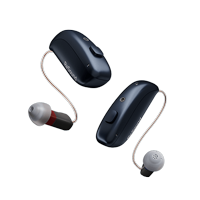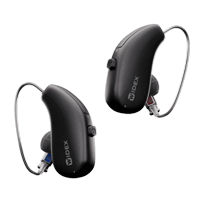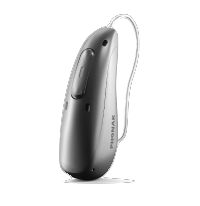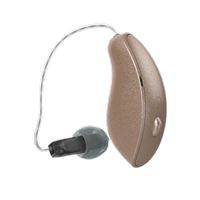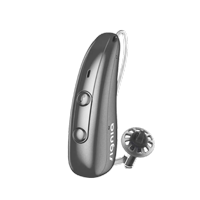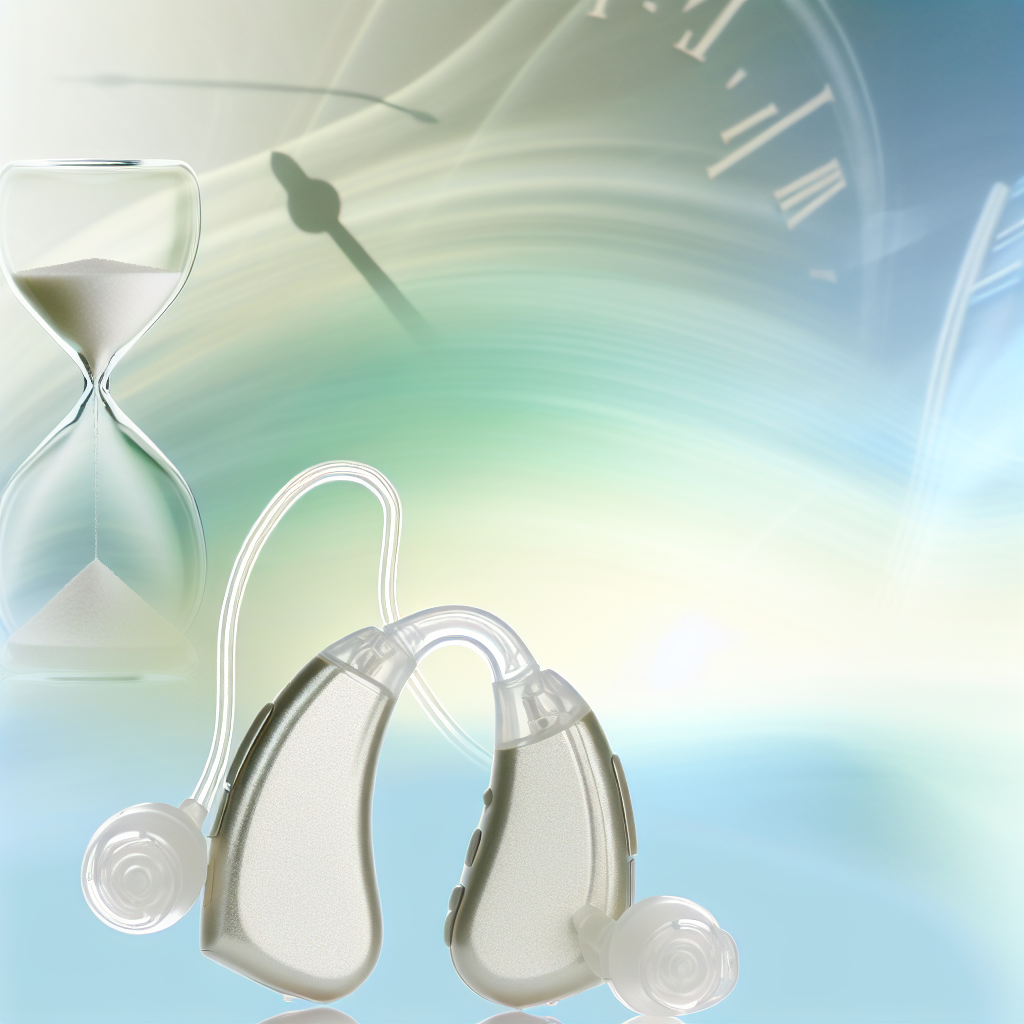
Getting new hearing aids is an exciting step toward better hearing health, but one of the most common questions new users ask is: “How many hours a day should I wear my new hearing aids?” The answer depends on several factors, including your adjustment period, comfort level, and individual hearing needs. Understanding the proper wearing schedule can help you maximize the benefits of your hearing aids while ensuring a smooth transition to better hearing.
The Gradual Adjustment Period
When you first receive your new hearing aids, it’s important to understand that your brain needs time to readjust to processing sounds it may not have heard clearly in years. Most audiologists recommend starting with a gradual wearing schedule rather than jumping into full-day use immediately.
During your first week, consider this typical schedule:
- Days 1-2: Wear for 2-4 hours in quiet environments
- Days 3-4: Increase to 4-6 hours, introducing slightly noisier settings
- Days 5-7: Extend to 6-8 hours with varied acoustic environments
This gradual approach helps prevent hearing aid fatigue and allows your brain to slowly adapt to the new auditory input. Professional hearing aid fitting services can provide personalized guidance for your specific adjustment timeline.
Working Toward Full-Day Wear
After the initial adjustment period, most hearing aid users should aim to wear their devices for 12-16 hours daily for optimal benefit. This extended wearing time allows you to:
- Maintain consistent auditory stimulation
- Prevent your brain from “forgetting” how to process amplified sounds
- Experience the full range of daily acoustic environments
- Develop natural hearing habits and responses
Remember that consistent daily use is more beneficial than sporadic long periods of wear. Regular use helps your brain maintain its adaptation to amplified sound.
Factors That Influence Daily Wearing Time
Several factors can affect how many hours you should wear your hearing aids each day:
Degree of Hearing Loss
Individuals with severe hearing loss may need longer adjustment periods and should work closely with their audiologist to determine appropriate wearing schedules. Those with mild to moderate hearing loss might adapt more quickly to full-day wear.
First-Time vs. Experienced Users
First-time hearing aid users typically need more gradual introduction periods, while those upgrading from older devices may adapt more quickly. Experienced users often transition to full-day wear within the first week.
Lifestyle and Environment
Your daily activities and acoustic environments play a role in determining optimal wearing time. Office workers in quiet environments might find it easier to wear hearing aids all day, while those in consistently noisy environments may need more frequent breaks during the adjustment period.
Signs You’re Ready for Extended Wear
You’ll know you’re ready to increase your daily hearing aid usage when you experience:
- Reduced ear fatigue at the end of your wearing period
- Improved speech understanding in various environments
- Decreased awareness of the hearing aids’ physical presence
- Natural responses to environmental sounds
- Reduced need for volume adjustments throughout the day
When to Take Breaks
Even with successful adaptation, there are times when removing your hearing aids is appropriate:
- During sleep (unless specifically prescribed otherwise)
- While showering or swimming
- When experiencing ear irritation or discomfort
- During hearing aid maintenance and cleaning
If you experience persistent discomfort, it may indicate a need for adjustment. Professional hearing aid repair and fitting services can address these issues.
Maximizing Your Hearing Aid Experience
To get the most out of your daily hearing aid wear:
- Follow your audiologist’s recommendations for wearing schedules
- Keep a diary of your daily experiences and challenges
- Gradually expose yourself to different acoustic environments
- Practice listening in various situations
- Maintain regular follow-up appointments
Regular hearing testing can help ensure your hearing aids continue to meet your needs as your hearing changes over time.
Professional Support Makes a Difference
Working with experienced hearing healthcare professionals is crucial for successful hearing aid adaptation. At CalHearing, we understand that every patient’s journey to better hearing is unique.
About CalHearing Services
CalHearing provides comprehensive hearing healthcare services to help you achieve optimal hearing health. Our experienced team offers:
- Complete hearing services tailored to your individual needs
- Professional hearing testing using state-of-the-art equipment
- Expert hearing aid fitting with personalized adjustment periods
- Tinnitus therapy for those experiencing ringing in the ears
- Custom hearing protection for various environments
- Hearing aid repair services to keep your devices functioning optimally
We proudly serve communities throughout our region. Visit our areas we serve page to see if we’re available in your location.
Additional Resources for Hearing Aid Users
For more information about hearing aid care, adjustment tips, and hearing health, explore our comprehensive resources and informative blog. These resources provide valuable insights into hearing aid maintenance, troubleshooting common issues, and maximizing your hearing aid investment.
Conclusion
The ideal daily wearing time for new hearing aids typically progresses from a few hours during the initial adjustment period to 12-16 hours daily for most users. Remember that successful hearing aid adaptation is a gradual process that requires patience, consistency, and professional support. By following a structured wearing schedule and working closely with your hearing healthcare provider, you can achieve optimal results and enjoy improved hearing quality.
Every individual’s hearing journey is unique, and what works for one person may not be ideal for another. The key is to remain patient with the process, communicate openly with your audiologist about your experiences, and maintain realistic expectations about the adjustment timeline.
If you’re ready to begin your journey to better hearing or need support with your current hearing aids, contact CalHearing today to schedule a consultation with our experienced team. We’re here to help you achieve the best possible hearing outcomes and improve your quality of life through better hearing health.


